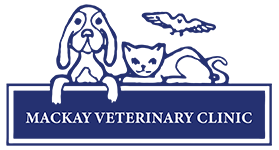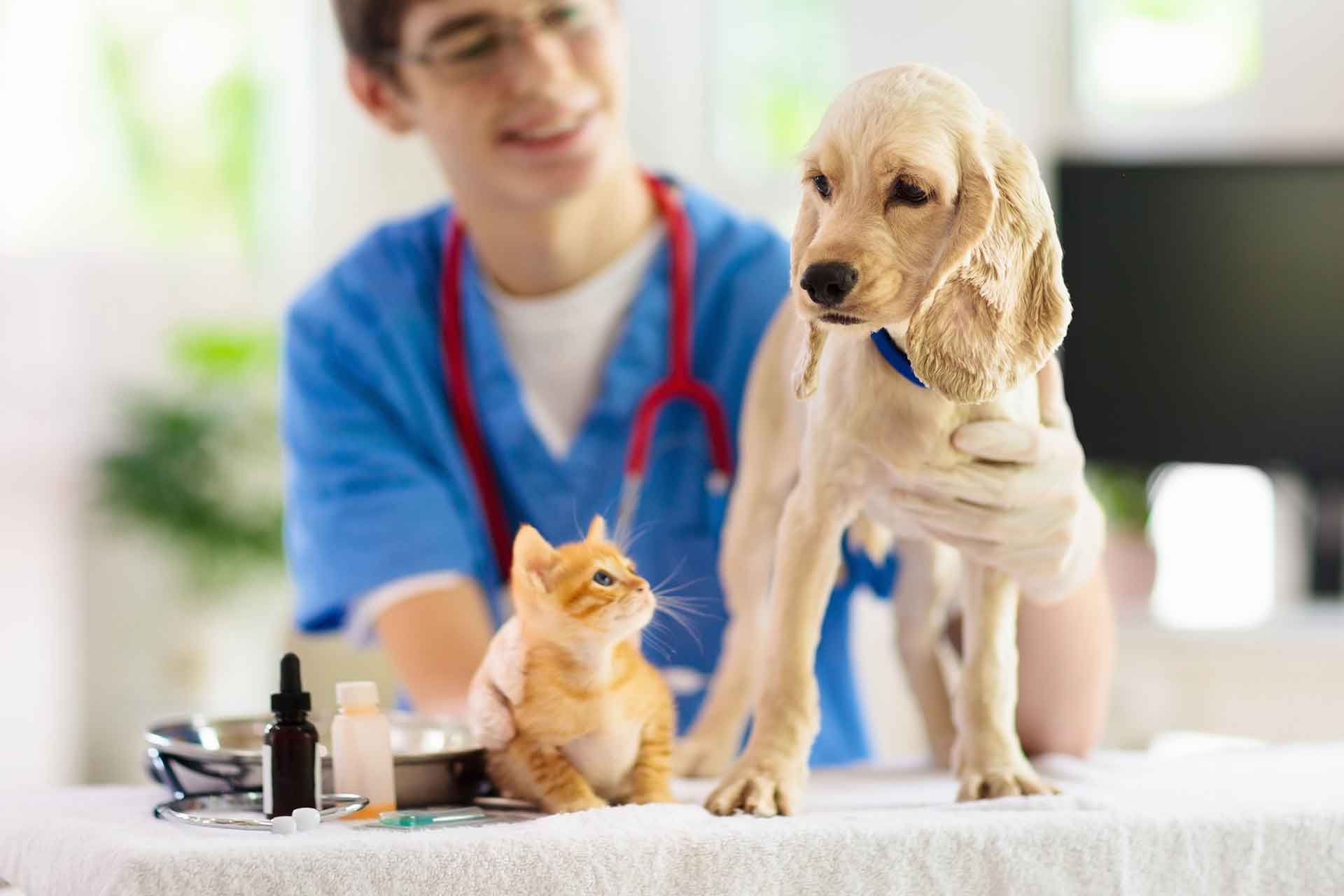What if my pet has dental disease?
If your pet is showing any symptoms of dental disease, make an appointment. Our professional veterinarians will need to do an assessment. You need to have your pet or pets examined on a regular basis. It is best to include this in your annual visit to the vet.
Should it become necessary, your vet will recommend a professional dental clean. When your pet needs a full professional cleaning, they will need to go under anaesthetic. This is to make sure your furry friend does not suffer any unnecessary stress. The veterinarian will then carry out a complete and thorough examination of your pet’s dental health, after cleaning all their teeth properly. Our vet will note all the teeth and the condition they are in. They evaluate the amount of tartar on the teeth, if there is any gingivitis or gum inflammation and if there are any pockets in your pet’s gums or around the teeth.
The dentist will use a tool called an ultrasonic scaler. This tool removes tartar that appears above the gum line. This is the same tool as the one used by your dentist. With a fine-grade paste and dental polisher your furbaby will then get a polish. Depending on the severity of the dental disease no further procedures will be necessary and your pet can go home.
Teeth that the vet feels are too decayed to save will have to be extracted. When teeth are extracted there is a chance that holes are left in the gum. The veterinarians will use a dissolvable stitch to close the holes. Your pet will potentially get an antibiotic and an anti-inflammatory injection. After the procedure is complete and the injections have been administered the vet will switch off the anaesthetic gas. Your pet will then wake up gradually and be given a quick exam and then be able to go home. This surgery is generally just a day procedure.
When your pet is at home you need to minimise the buildup of tartar going forward. There are various steps to follow depending on how severe the dental disease is. Your vet may recommend regular brushing of your pet’s teeth, giving them raw meaty bones or a special diet. To make sure that the dental cleaning has alleviated the situation and that the steps to prevent further damage are working you need to take your pet for a follow up exam 6 months after the professional cleaning.



